According to a filing by SpaceX with the Federal Communications Commission (FCC), from December last year to May this year, SpaceX has launched 472 satellites out of Earth's orbit, equivalent to an average of 2.6 satellites per day.
This number is a sharp increase compared to SpaceX only taking out 73 satellites from orbit in the previous 6 months.
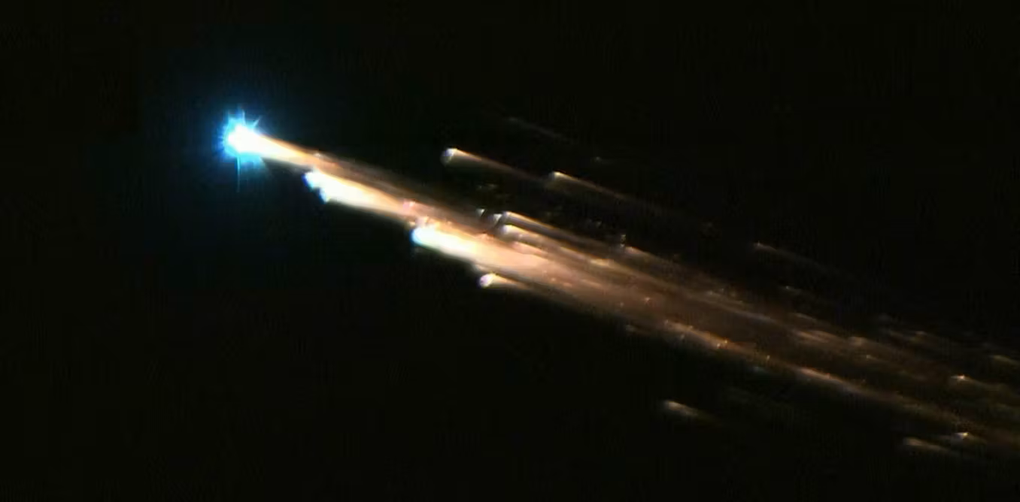
Starlink satellites, when burned in the atmosphere, will release chemicals that can affect the ozone layer (Illustration: TC).
SpaceX satellites are designed to return to Earth within five years of launch and burn up as they pass through the atmosphere.
In a filing with the FCC, SpaceX said the majority of the satellites taken out of orbit belonged to its first-generation Starlink satellite network, but most of them were operational less than five years after being launched.
The remaining satellites taken out of orbit belong to the second-generation Starlink network, which has an even shorter operational life than the first-generation satellite group.
SpaceX has not commented on the reason for removing such a large number of satellites from orbit that were still in service.
According to Jonathan McDowell, an astronomer who regularly monitors SpaceX satellite activity, the company has now put nearly 8,000 satellites into Earth orbit.
However, McDowell found that over time, SpaceX has continuously "retired" and removed a large number of satellites from orbit, at one point destroying five satellites in just one day.
The fact that SpaceX satellites are constantly burning up in the atmosphere has many people worried about the increase in space debris, even the risk that satellite debris could fall to Earth and endanger humans.
Although SpaceX satellites are designed to burn up completely in the atmosphere upon re-entry, SpaceX has acknowledged that some small pieces of satellite debris may not burn up and will continue to fall to the ground. SpaceX insists that these pieces are completely harmless to humans.
However, a 2.5kg piece of SpaceX satellite debris once fell near a farm in Canada. Fortunately, this piece of debris did not cause significant damage.
Scientists are also concerned that Starlink satellites will release chemicals into the atmosphere as they burn up, which could have a negative impact on the ozone layer and add to Earth's climate change.
A group of astronomers is calling on the FCC to halt SpaceX rocket launches that will put Starlink satellites into space. Astronomers say the sheer number of Starlink satellites circling Earth has made it difficult for astronomers to observe stars and celestial objects.
The FCC has not yet commented on the astronomers' appeal.
Starlink is a project of the space technology company SpaceX (founded by technology billionaire Elon Musk), using satellites launched into orbit to provide global Internet coverage.
To provide Internet service globally, SpaceX has launched about 30,000 satellites into low Earth orbit (550km altitude), forming a network that covers the Earth. Starlink satellites will be designed to broadcast broadband Internet from space to Earth.
The advantage of Starlink is that it can provide Internet to anywhere in the world , even remote areas, areas that are difficult to access to the Internet or regular mobile networks.
SpaceX's ambition is that the Starlink project can cover the Internet globally and achieve maximum speeds of up to 1Gbps (equivalent to 125MB/s).
Source: https://dantri.com.vn/cong-nghe/spacex-gay-lo-ngai-cho-moi-truong-vi-tieu-huy-gan-500-ve-tinh-trong-6-thang-20250702093829529.htm






![[Photo] Prime Minister begins trip to attend SCO Summit 2025 in China](https://vphoto.vietnam.vn/thumb/1200x675/vietnam/resource/IMAGE/2025/8/31/054128fff4b94a42811f22b249388d4f)



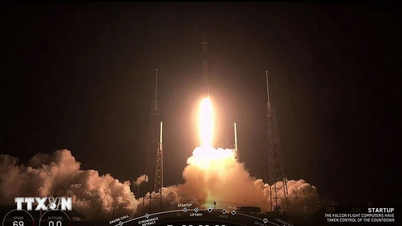



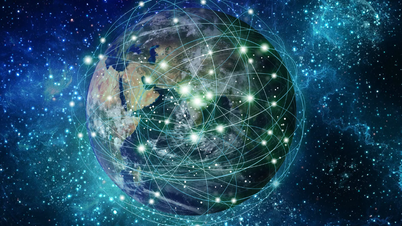

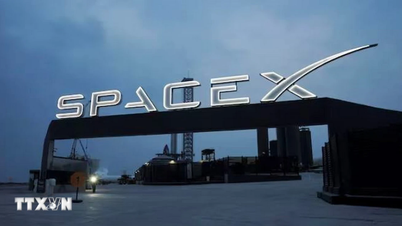


























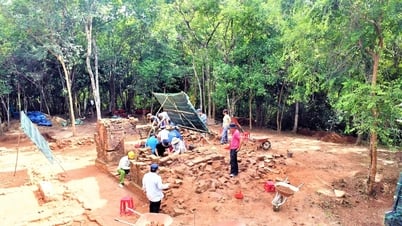



























































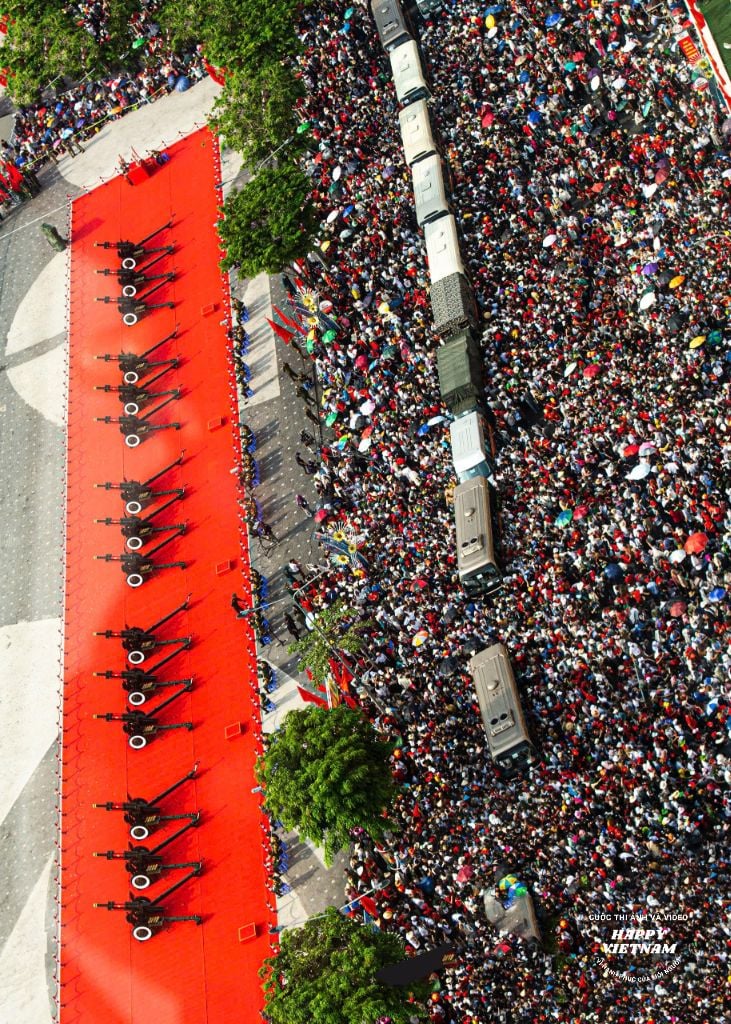
Comment (0)